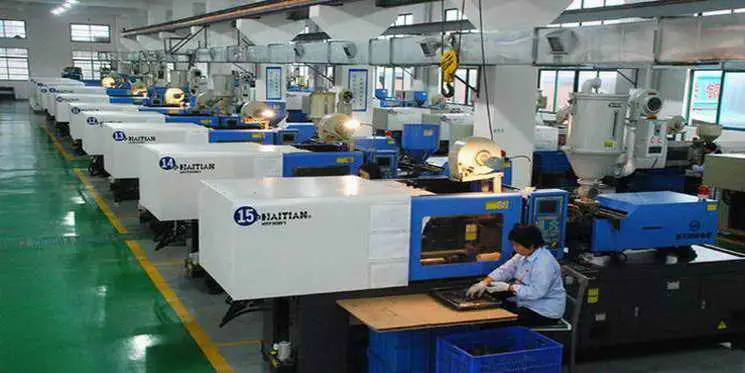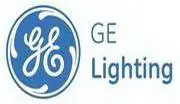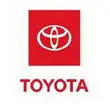What is PS (Polystyrene), and what are its characteristics and uses?
PS is obtained by polymerizing the monomer styrene. It is widely used by plastic manufacturers through methods such as bulk, solution, suspension, and emulsion polymerization, ranking fourth in global production volume.
(1) Common characteristics of PS
PS is an amorphous, transparent, thermoplastic material. It consists of only carbon and hydrogen elements, with an average molecular weight of around 200,000, a density of 1.04-1.16g/cm³, lower density than PVC but higher than PE and PP. PS has a stiff structure due to the large benzene rings in its main chain, resulting in poor flexibility and impact resistance. When struck, PS products emit a sound similar to metal. PS is colorless and transparent, with a light transmittance of 88% to 90%, a refractive index of 1.59 to 1.60, second only to PMMA. It tends to undergo crazing and yellowing when exposed to light or stored for long periods. PS is easily colored, has good flowability, and low molding shrinkage, making it one of the most processable plastic varieties for complex shapes.
The mechanical properties of PS are influenced by manufacturing methods, relative molecular weight, impurity content, and orientation. Lower molecular weight results in lower mechanical strength, generally below that of rigid PVC. PS has minimal water absorption, with minimal shape and size changes in humid environments, and exhibits good thermal insulation properties.
PS has excellent electrical insulation properties, particularly low dielectric loss at high frequencies, making it a superior high-frequency insulation material. PS is flammable, with continued burning after ignition, producing a yellow flame, dense smoke, softening, foaming, and emitting a distinctive styrene monomer odor.
The main drawback of PS is its brittleness. Improper thermal treatment during product molding or the presence of significant internal stresses in the product may lead to spontaneous cracking during use.
(2) Main applications of PS
PS is widely used in the optical industry due to its excellent light transmittance. It is used to manufacture optical glass, optical instruments, as well as transparent or brightly colored products like lampshades and lighting fixtures. PS is also used in the production of many electrical components and instruments operating in high-frequency environments.
When used alone, PS exhibits high brittleness. However, by adding small amounts of other substances such as butadiene, brittleness can be significantly reduced, enhancing impact resistance. This modified plastic is known as impact-resistant PS, with improved mechanical properties suitable for manufacturing high-performance mechanical parts and components.






